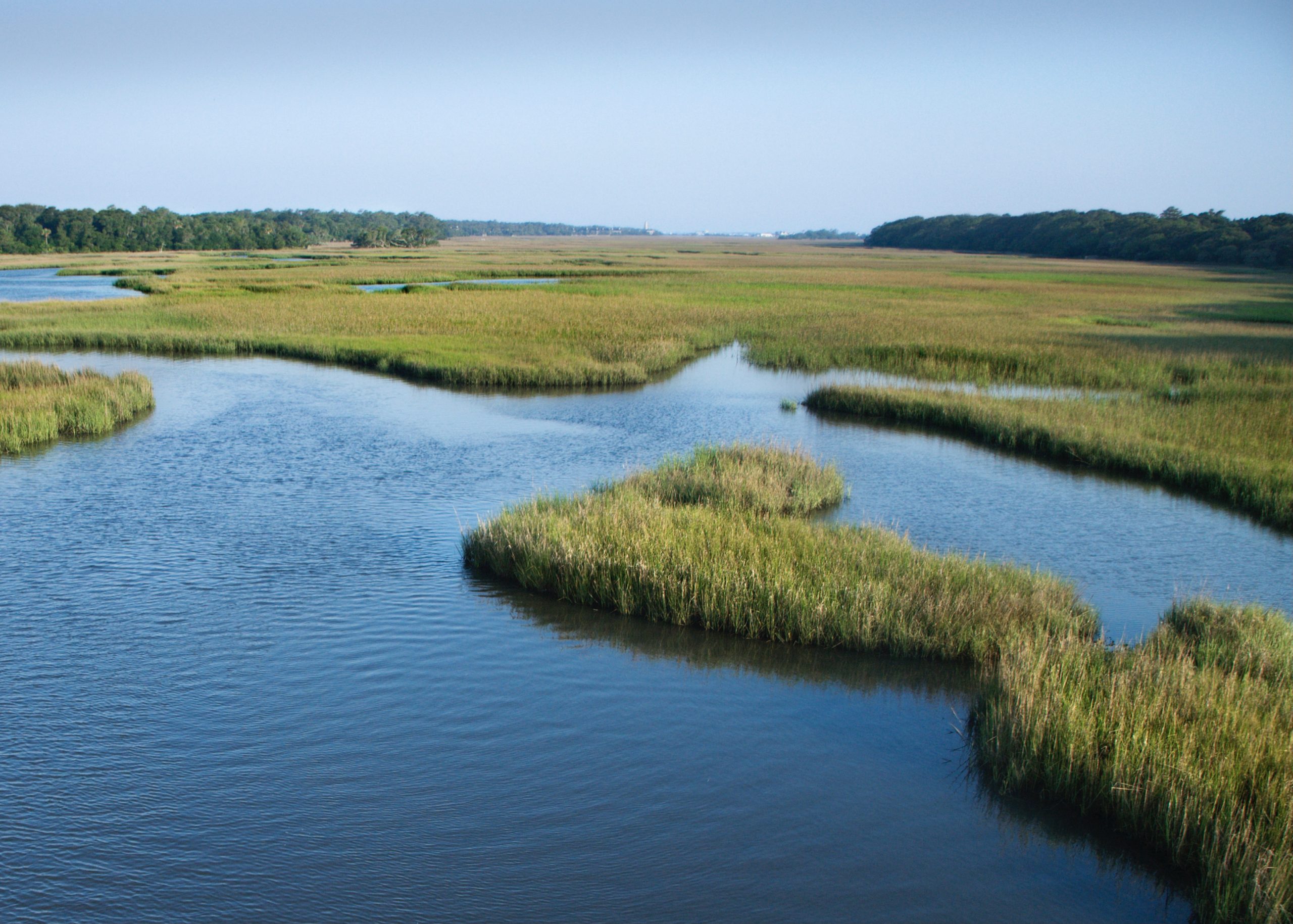This day celebrated annually to raise awareness about wetlands. “Wetlands contribute unrivalled services for climate mitigation, adaptation and biodiversity and human health worth more than US $47.4 trillion a year,” according to the New Global Wetland Outlook 2021 report. The Covid-19 pandemic has underscored the importance of nature for our health. “The COVID-19 pandemic has changed the way we think about health and the environment,” the report noted. “Ecosystem degradation and careless wildlife trade both increase the risks of pandemics, with up to three quarters of new diseases being zoonotic in origin. Meanwhile, water-borne diseases ‘like infant diarrhoea’ are increased by poor wetland management and cause millions of deaths every year.” For the full report, click here.
Wetlands include marshes, swamps, and the like, areas saturated with surface or ground water that serve as unique ecosystems for a variety of plant and animal species. Wetlands are among the most biologically diverse of all ecosystems. They also serve as natural barriers, absorbing the forces of flood and tidal erosion to prevent the loss of higher land.
A Call to Action
A call to take action for wetlands is the focus of this years’ World Wetlands Day campaign, an appeal to invest financial, human and political capital to save the world’s wetlands from disappearing and to restore those already degraded. “Nearly 90% of the world’s wetlands have been degraded since the 1700s, and we are losing wetlands three times faster than forests. Yet, wetlands are critically important ecosystems that contribute to biodiversity, climate mitigation and adaptation, freshwater availability, world economies and more.”
About Long Island’s Wetlands
There are two main types of wetlands in New York State: tidal wetlands around Long Island, New York City and up north along the Hudson River, and freshwater wetlands found alongside rivers and lakes throughout the state. On Long Island, the typical tidal wetland consists of the salt marshes along the shore by the coastal bay and oceans areas, inhabited by plant life and young fish adapted to the rise and fall of the tide and salt water. These marshlands are a vital part of the food chain when they decay, providing food for animals and nutrients to the marine environment.

